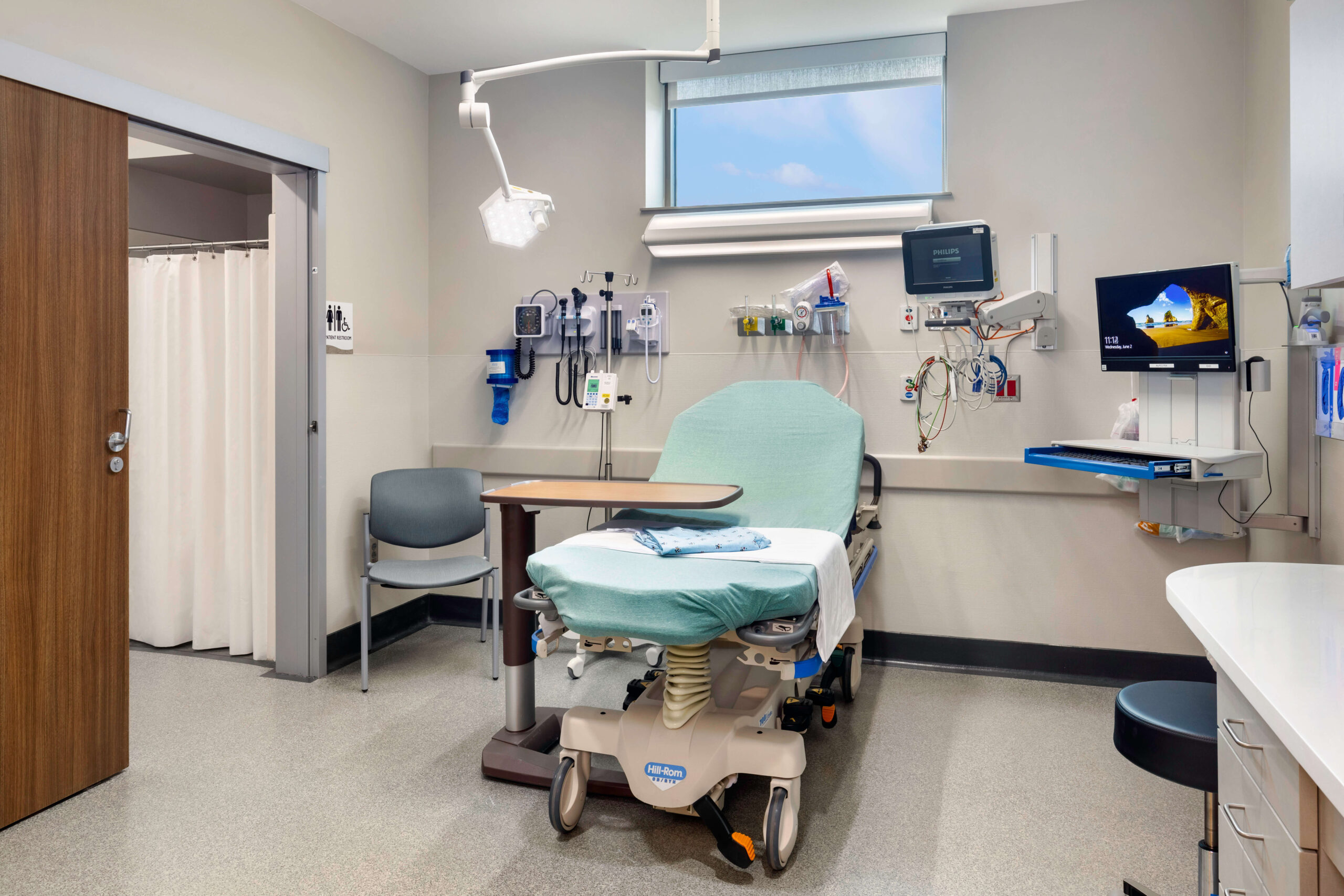
Now, more than ever, it may seem difficult to identify time to address major healthcare planning goals, but a widespread industry challenge such as the COVID-19 pandemic exposes opportunities for improvement as infrastructure is tested.
Excerpted from Healthcare Facilities Today
As healthcare transitions to a value-based model with an increasing focus on wellness and preventative care, healthcare organizations are seeking opportunities to tailor their services to the communities they serve. To support these services, the facilities being planned are evolving as well, making the planning process more complex and involved than it has been historically.
Traditionally, master planning has focused on the acute care hospital campus by identifying ideal locations for expansion and addressing both infrastructure deficiencies and building obsolescence through a lens of future growth. In today’s competitive healthcare industry, the process must also address how to leverage an organization’s physical plant to support the full continuum of care and develop an ambulatory strategy that deploys wellness, primary care, and specialties. Below are insights for navigating and mastering the master planning process.
Participation Is key. The positioning and “evolution” of an organization’s total real estate holdings must be in alignment with their high-level mission and strategic direction. Because of this organic connection, the master planning must be developed internally and not as a passive activity outsourced to consultants and then presented to senior leadership at the end of the engagement. Successful master plans are the result of a robust, collaborative process involving hospital leaders at multiple levels.
While the facilities manager may be responsible for coordinating the process, diverse stakeholder input is critical. Seek to engage and obtain input from all levels of the organization, including C-suite decision makers, physicians, nursing staff, board members, and community representatives, involving patients and their families. This ensures that multiple viewpoints are considered and contributes to consensus building that gives participants ownership of the master plan and empowers them to implement it.
Every hospital is different. Many healthcare organizations use metrics and benchmarking to streamline the master planning process, but it is important to account for unique demographics that drive different service lines and use rates. For example, a patient population in Florida, which has the highest percentage of residents over 65 in the country, will require different service lines and different ratios of high acuity and outpatient spaces than one in Colorado, where the median age is 37.6 years.
Data. Data. Data. Often healthcare organizations take a Field of Dreams approach to adding new service lines, assuming an “if you build it, they will come” strategy based on potential high profit margins for certain service lines like orthopedics and oncology. Incorporating specific data based on the communities served in the master planning process mitigates the potential for an overbuild – for example, a cancer center with 40 infusion bays when the market catchment area will only support 20.

Steve Alby, NCARB, LEED AP, is GMC’s Vice President of Healthcare. He uses his 30+ years of healthcare planning and design experience to create outstanding environments for healthcare clients through high quality planning and design. Click here to contact Steve for more information on healthcare design .